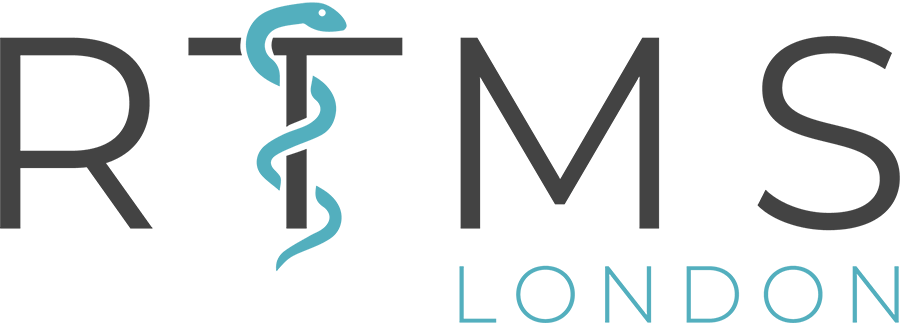Iliotibial band (IT band) injuries are a common phenomenon affecting active people of all ages and fitness levels. They are mostly found in runners, especially those who run long distances, hence the common nickname “runner’s knee”. In this blog, we will be exploring what IT band injuries are, how and why they affect runners, and running injury treatments.
What are IT band injuries?
Iliotibial band syndrome (ITBS) is caused by the iliotibial band compressing tissues in the knee as it repeatedly moves over them, such as while running. The iliotibial band is a thick band of connective tissue that runs down the lateral thigh, crossing the knee joint and connecting to the outside of the tibia (shin bone). It also crosses the hip joint, meaning it has a role in stabilising both the hip and the knee. It presents commonly in people who run for long distances as well as those who are new to running, run on uneven or changing ground conditions, or wear worn-out running shoes.
It’s believed that the injury is caused by the friction that is created between the femoral condyle and the IT band during the bending of the knee during running. However, despite being such a common condition, the cause is not fully understood.
What are the symptoms?
Rather than occurring after one event, like an impact injury, IT band injuries gradually appear over time. This can take the form of sharp pain on the lateral part of the knee, especially during long runs or when running downhill when the heel hits the floor. It may result in the knee becoming tender to the touch and inflamed. Sometimes, a snapping sound can be heard when bending and straightening the knee. Pain usually only occurs during physical activity when the leg is bent, but it can start to affect walking or sitting with a bent knee.
How is it treated?
ITBS can be treated at home with rest and by avoiding running long distances that might trigger discomfort. After this, physiotherapy may be considered. They may recommend stretches, using a foam roller, changing your running shoes or other exercises to build strength.
However, these methods are not always effective in treating ITBS and further technology is being developed to treat it, such as Magnetic Shockwave Therapy. Many believe this is a pioneering treatment that will greatly improve the prognosis of ITBS.
Posted on 10th August 2022
